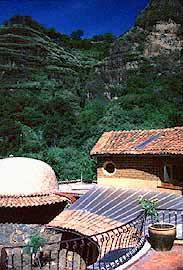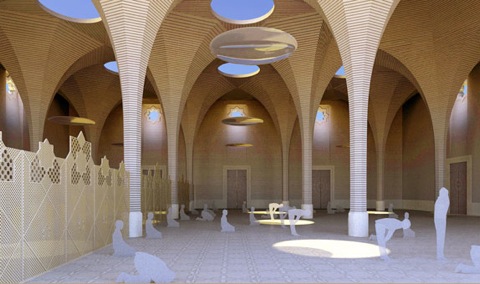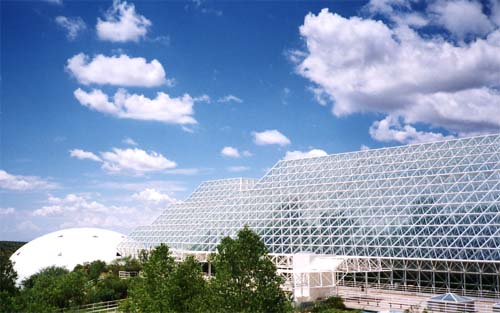The Xstrata Treetop Walkway
- Ayrıntılar
- Kategori: Ecological Design
The Xstrata Treetop Walkway // London // UK // Marks Barfield Architects
Marks Barfield Architects have designed a 18-metre-high walkway through the canopies of sweet chestnut, lime and deciduous oak trees in Kew Royal Botanical Gardens in London. The 400-tonne steel structure was designed to blend in without harming its sensitive environment.
The Xstrata Treetop Walkway at Kew Gardens opened on 24th May 2008, Kew Garden’s ‘Year of the Tree’, to over 9,000 visitors. The walkway takes visitors 18m high into the tree canopies for a birds-eye view of Kew, providing insights into the special role of trees in our breathing planet and the intimate views of a deciduous woodland and its inhabitants from within the tranquillity of the leaves.
In conjunction with the Walkway, an underground ‘Rhizotron’ exhibition space is attached which explores various themes associated with tree root biology, climate change and the relationship between tree roots and microorganisms. Its appearance is inspired by a natural cracking within the earth to reveal a dark and dynamic space rich with exciting and educational content.












